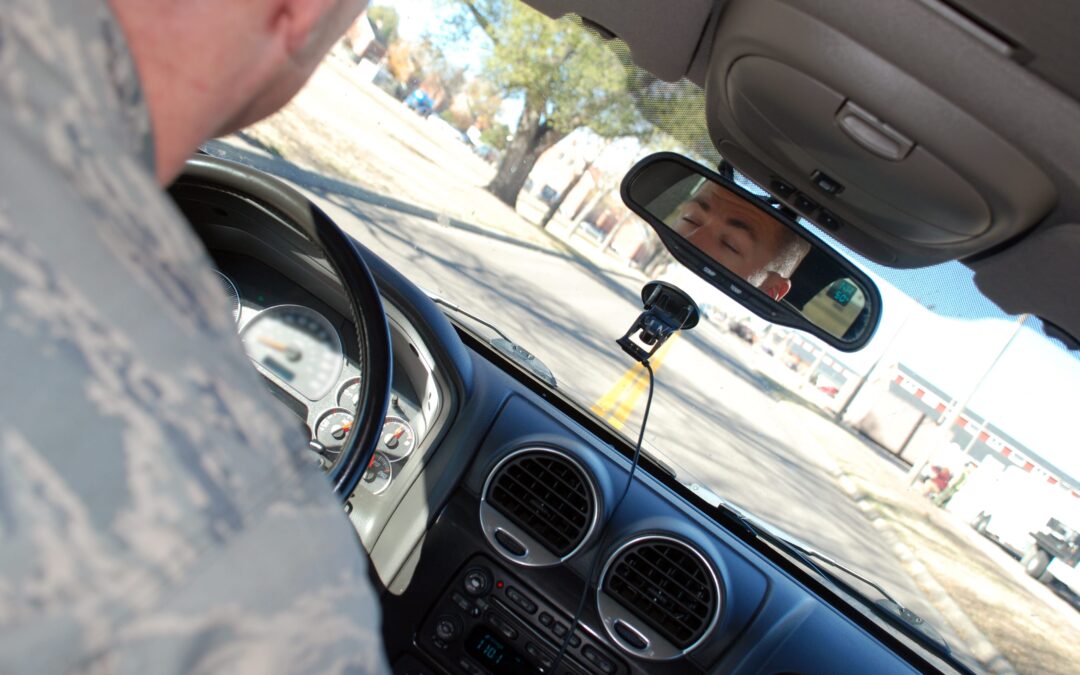When taking long-distance trips, it can be easy to doze off or try to drive through the drowsiness. Because of this, it’s important to figure out how to stay awake behind the wheel and take care of yourself if you do get too tired to continue. Here are a few of our tips for dealing with driver fatigue.
1. Take a break.
Many road safety and insurance organizations recommend stopping every two hours on road trips to get out and stretch, grab a bite to eat, or walk around for a bit. When you’re driving on a time schedule, the idea of taking frequent breaks may seem inconvenient and inefficient. Ultimately, your safety (and that of others around you) is more important than rushing to get somewhere and potentially putting yourself in a dangerous situation.
2. Be conscious of the medicines you take before driving.
During seasons or regions where allergens are everywhere, of course the instinct is to take medicine to combat the symptoms. However, many medications (including but not limited to allergy meds) contain ingredients which can cause drowsiness. If your daily routine includes an antihistamine or another medicine which lists drowsiness as a side effect, consider waiting until the end of your drive to take it. While the allergy symptoms can be frustrating, it’s better to stay awake on the road than fall asleep behind the wheel. Just keep some tissues nearby.
3. Share the responsibility.
If you have the pleasure of traveling with someone else, take on the drive in shifts. Assuming the person riding with you is also a licensed driver, switching off every few hours will not only make the trip go by faster (and safer), but it will allow each of you time to recuperate and rest before the next shift. By even just having someone to talk to, you are more likely to stay awake and alert. Additionally, if you’re in need of a break but not willing to pull over on your own, your trip buddy will be more than happy to remind you when it’s time to rest.
4. Use rest stops for their intended purpose.
There’s a reason those facilities are called “rest stops” – and they’re very beneficial. A 15-20 minute nap may be just what you need to get through the rest of your trip; however, if you need more sleep to combat driver fatigue, go ahead and take a longer nap. It’s better to arrive a little late to your destination than to fall asleep at the wheel and not arrive at all.
Here at Horizon Transport, your safety on the road is our highest priority. With these tips in mind, you can rest assured that you and those surrounding you on the road will be driving much safer without driver fatigue. We wish you happy driving!
